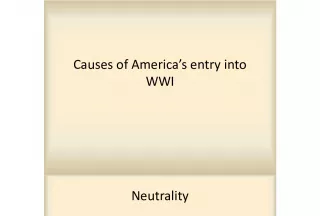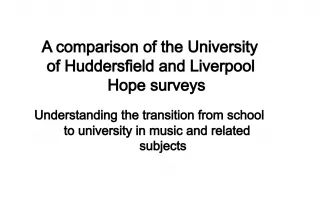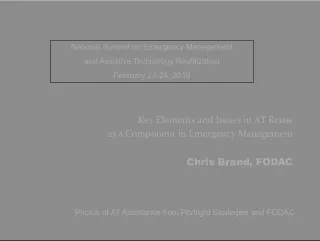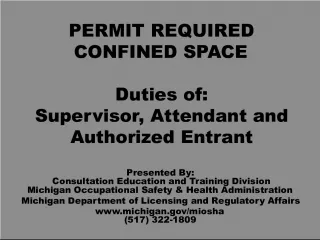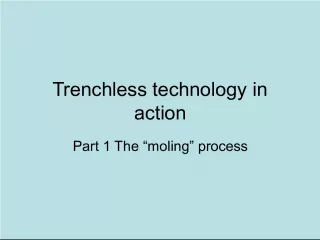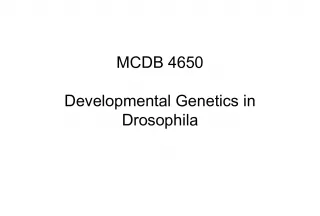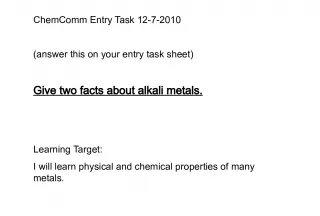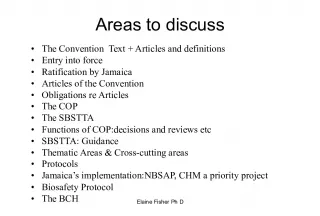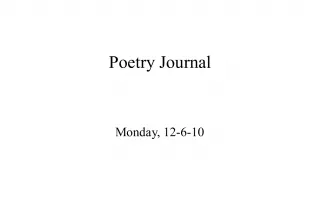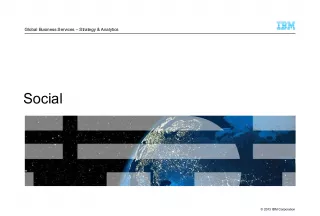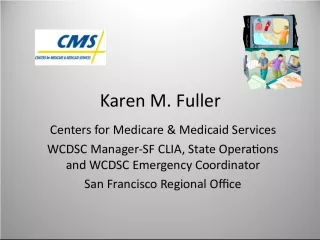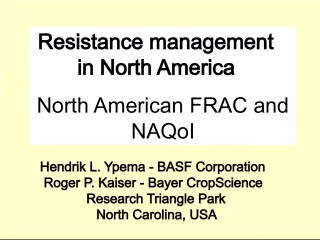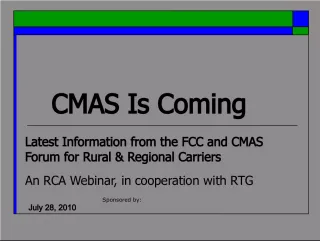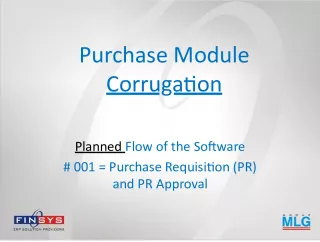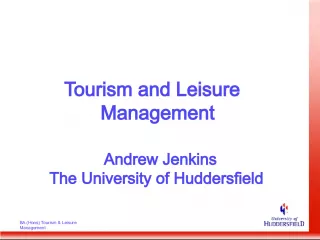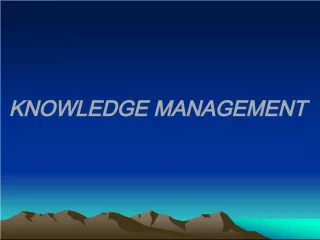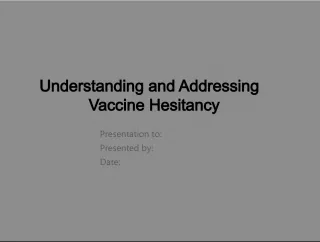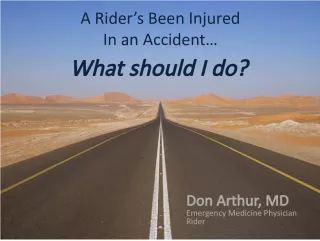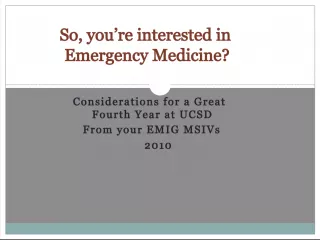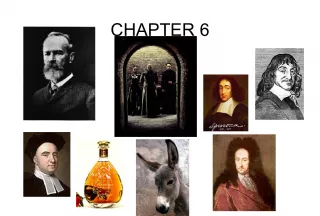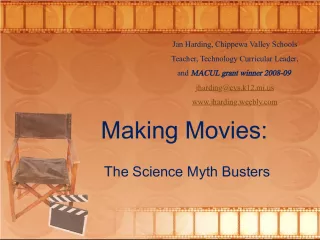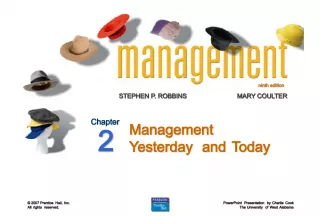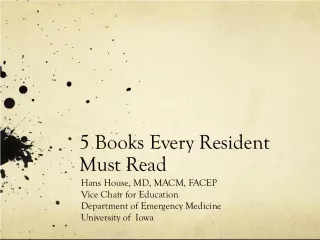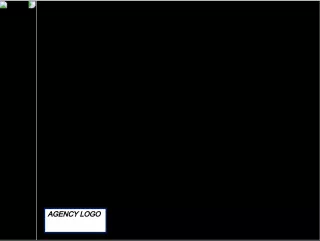Emergency Mine Entry Re-entry and Knowledge Management: Experiences, Legislation, and Recommendations
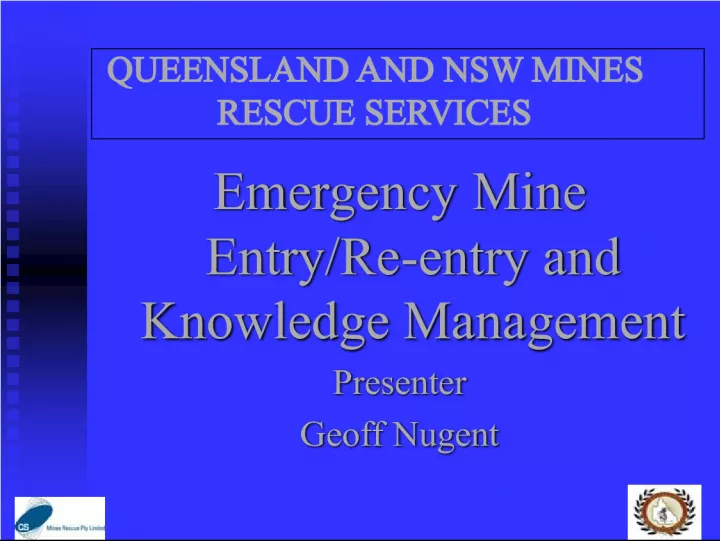

This presentation by Geoff Nugent explores the experiences and knowledge management strategies in emergency mine entry re-entry situations in Queensland and NSW mines. The presenter also discusses relevant legislation and the need for an effective computer-based emergency decision support system.
- Uploaded on | 11 Views
-
 ethanminh
ethanminh
About Emergency Mine Entry Re-entry and Knowledge Management: Experiences, Legislation, and Recommendations
PowerPoint presentation about 'Emergency Mine Entry Re-entry and Knowledge Management: Experiences, Legislation, and Recommendations'. This presentation describes the topic on This presentation by Geoff Nugent explores the experiences and knowledge management strategies in emergency mine entry re-entry situations in Queensland and NSW mines. The presenter also discusses relevant legislation and the need for an effective computer-based emergency decision support system.. The key topics included in this slideshow are Queensland mines, NSW mines, emergency mine entry, re-entry, knowledge management, legislation,. Download this presentation absolutely free.
Presentation Transcript
1. QUEENSLAND AND NSW MINES RESCUE SERVICES Emergency Mine Entry/Re-entry and Knowledge Management Emergency Mine Entry/Re-entry and Knowledge Management Presenter Presenter Geoff Nugent Geoff Nugent
2. TOPICS Experiences Experiences Managing the known unknown Managing the known unknown Legislation Legislation The Project. The Project.
3. EXPERIENCES
4. RECOMMENDATIONS Knowledge of conditions in a mine following an incident is essential in planning any rescue effort. Information systems must be provided to support implementation of the most appropriate rescue measures. Moura No.2 Inquiry Task Group 4 Report Industry should develop an effective computer-based emergency decision support system for incident management and training. Recommendation 17 Moura No.2 Inquiry Task Group 4 Report
5. RECOMMENDATIONS QMRS should formalise the guidelines by using a risk based approach to develop a set of mine re-entry TARPS based on explosibility rather than percentage of UEL and LEL of explosive gases. Grasstree Level 1 2007
6. MINES RESCUE EMERGENCY RESPONSE SYSTEM Response Activation Procedure Ramp Down/conclude Operations Continuity of Operations Inertisation Response Operations Fresh Air Base establish and operation Procedures Mine Entry/Re- entry Procedure On Site Establishment Procedure Mine Rescue Team Operations QMRS Emergency Response System
7. MANAGING THE KNOWN UNKNOWN There are known knowns. These are things we know that we know. There are known unknowns. That is to say, there are things that we know we don't know. But there are also unknown unknowns. There are things we don't know we don't know. There are known knowns. These are things we know that we know. There are known unknowns. That is to say, there are things that we know we don't know. But there are also unknown unknowns. There are things we don't know we don't know. Donald Rumsfeld U.S. Defense Secretary Donald Rumsfeld U.S. Defense Secretary
8. MANAGING THE KNOWN UNKNOWN Effective emergency response significantly depends on quantifying and mitigating the known-unknown risks (Un- quantified Hazards) within a constrained time. Effective emergency response significantly depends on quantifying and mitigating the known-unknown risks (Un- quantified Hazards) within a constrained time.
9. MANAGING THE KNOWN UNKNOWN Consequences and outcomes of a knowledge Consequences and outcomes of a knowledge deficit; deficit; 1. Plans and Strategies are developed and implemented placing rescuers at an unacceptable level of risk. 1. Plans and Strategies are developed and implemented placing rescuers at an unacceptable level of risk. 2. Rescue operations are excessively delayed establishing information and facts resulting in; 2. Rescue operations are excessively delayed establishing information and facts resulting in; Increased exposure of coal mine workers to the danger Increased exposure of coal mine workers to the danger Potentially compounding the extent of the danger and the likelihood of its consequence/s being realized. Potentially compounding the extent of the danger and the likelihood of its consequence/s being realized. 3. Abandonment of any attempt of rescuing the coal mine workers. 3. Abandonment of any attempt of rescuing the coal mine workers.
10. LEGISLATION CMSHA 219 Purposes of pt 13 Mines Rescue The main purposes of this part are to (a) Ensure each coal mine operator of an underground coal mine provides a mines rescue capability for the mine; and (b) provide for accreditation of corporations to help coal mine operators of underground coal mines provide a mines rescue capability; and
11. LEGISLATION CMSHR 174 Mines rescue agreement A mines rescue agreement for an underground mine must state the following (d) the operational procedures developed by the accredited corporation to be followed by the corporation in carrying out the mines rescue services at the mine.
12. LEGISLATION CMSHA 273 Withdrawal of persons in case of danger (1) If a coal mine is dangerous, all persons exposed to the danger must withdraw to a place of safety. (6) The minimum number of competent persons necessary to reduce the risk to an acceptable level may be readmitted to the coal mine or part of the coal mine if appropriate precautions are taken so that the risk to those persons is within acceptable limits.
13. LEGISLATION CMSHR 366 Withdrawal of persons in case of danger (1) For section 273 53 of the Act, a part of an underground mine required to be ventilated under section 344(1)(b) that has a general body concentration of methane of at least 2.5% is taken to be dangerous. (2) For section 273(6) of the Act, and without limiting the subsection (a) mines rescue trained persons are taken to be competent persons; and (b) appropriate precautions are taken to have been taken if the persons are working under mines rescue procedures developed by an accredited corporation.
14. LEGISLATION CMSHA 38 How obligations can be discharged if no regulation or recognised standard made (1) This section applies if there is no regulation or recognised standard prescribing or stating a way to discharge the persons safety and health obligation in relation to a risk. (2) The person may choose an appropriate way to discharge the persons safety and health obligation in relation to the risk. (3) However, the person discharges the persons safety and health obligation in relation to the risk only if the person takes reasonable precautions, and exercises proper diligence, to ensure the obligation is discharged.
15. LEGISLATION No process or system for Mine re-entry and knowledge management can discharge a persons health and safety obligation unless it is founded on sound risk management logic and a thorough risk management processes. No process or system for Mine re-entry and knowledge management can discharge a persons health and safety obligation unless it is founded on sound risk management logic and a thorough risk management processes.
16. THE PROJECT The objective of the project is to establish a process, and a tool, for both Mines and Mines Rescue Services to quickly obtain the relevant knowledge (and validate it) to make an informed decision on the risk to rescuers entering the mine to preserve life when a mine or part of a mine has become dangerous The objective of the project is to establish a process, and a tool, for both Mines and Mines Rescue Services to quickly obtain the relevant knowledge (and validate it) to make an informed decision on the risk to rescuers entering the mine to preserve life when a mine or part of a mine has become dangerous
17. THE PROCESS Three Stages Three Stages Stage 1 Risk Management Stage 1 Risk Management Stage 2 Guideline and Process Development Stage 2 Guideline and Process Development Stage 3 Software development. Stage 3 Software development.
18. STAGE 1- RISK MANAGEMENT The Question The Question What would stop a Mines Rescue Team entering a mine or part of a mine to preserve life during or after an incident? What would stop a Mines Rescue Team entering a mine or part of a mine to preserve life during or after an incident?
19. STAGE 1- RISK MANAGEMENT The RA Team The RA Team QMRS, NSW MRS, Queensland DME, QMRS, NSW MRS, Queensland DME, CFMEU ISHR, Operators Representatives, SIMTARS, Mines Rescue Volunteers and other third party industry stake holders. CFMEU ISHR, Operators Representatives, SIMTARS, Mines Rescue Volunteers and other third party industry stake holders. 4 Days duration 4 Days duration
20. RISK ASSESSMENT SCHMATIC
21. STAGE 2 GUIDELINE AND PROCES DEVELOPMENT Task Group Task Group Geoff Nugent (QMRS), Geoff Nugent (QMRS), Seamus Devlin (NSWMR), Seamus Devlin (NSWMR), Darren Brady (SIMTARS), Darren Brady (SIMTARS), Dr. David Cliff (MISCH). Dr. David Cliff (MISCH). John Grieves (New Hope Collieries). John Grieves (New Hope Collieries).
22. STAGE 2 STEPS 1. Categorize controls from Risk Assessment. 1. Categorize controls from Risk Assessment. 2. Develop audit tools from the risk assessment to conduct gap analysis between what information/processes are commonly/typically available at an operation (Qld and NSW) and what is required to comply with developed guidelines.. 2. Develop audit tools from the risk assessment to conduct gap analysis between what information/processes are commonly/typically available at an operation (Qld and NSW) and what is required to comply with developed guidelines.. 3. Conduct Post-mortem of previous Emergency and Emergency Exercises 3. Conduct Post-mortem of previous Emergency and Emergency Exercises
23. STAGE 2 STEPS Continued, Continued, 4. Produce draft guidelines. 4. Produce draft guidelines. 5. Disseminate guidelines to industry and seek feedback through industry forum. 5. Disseminate guidelines to industry and seek feedback through industry forum. 6. Test guidelines within Level 1 or 2 Emergency Exercise. 6. Test guidelines within Level 1 or 2 Emergency Exercise. 7. Scope software opportunities for Information management. 7. Scope software opportunities for Information management.
24. STAGE 2 GUIDELINE AND PROCES DEVELOPMENT Funding Funding QMRS QMRS NSWMRS NSWMRS NSW Coal Services Health and Safety Trust NSW Coal Services Health and Safety Trust Queensland DME Queensland DME
25. STAGE 3 SOFTWARE DEVELOPMENT ACARP application: ACARP application: Develop a functional specification for an information collection and management system appropriate for efficient, effective implementation of the Mine Entry/Re-Entry Guidelines Develop a functional specification for an information collection and management system appropriate for efficient, effective implementation of the Mine Entry/Re-Entry Guidelines Raise awareness of Mine Entry/Re-Entry Guidelines and information collection and management systems appropriate for Emergency Responses Raise awareness of Mine Entry/Re-Entry Guidelines and information collection and management systems appropriate for Emergency Responses
26. STAGE 3 KEY PRINCIPLES To complete project under the QMRS/NSWMR banner To complete project under the QMRS/NSWMR banner To maintain rights to software with QMRS/NSWMR . To maintain rights to software with QMRS/NSWMR . The software will form part of QMRS and NSWMR Emergency Response Management System. The software will form part of QMRS and NSWMR Emergency Response Management System. Software for mine sites must be cost effective and operationally compatible, advancing operational efficiency. Software for mine sites must be cost effective and operationally compatible, advancing operational efficiency.
27. BENEFITS A significant improvement in knowledge management both Australian Mines Rescue Services and Underground Coal Mines. A significant improvement in knowledge management both Australian Mines Rescue Services and Underground Coal Mines. Universal process for most levels of emergencies. Universal process for most levels of emergencies.
28. IMPLEMENTATION Mines Rescue Guidelines. Mines Rescue Guidelines. Implement Guideline and process into Emergency Management Courses Implement Guideline and process into Emergency Management Courses Review competency standards for emergency management and Ventilation officers Review competency standards for emergency management and Ventilation officers Promote guideline and tool through industry forums and workshops. Promote guideline and tool through industry forums and workshops.
